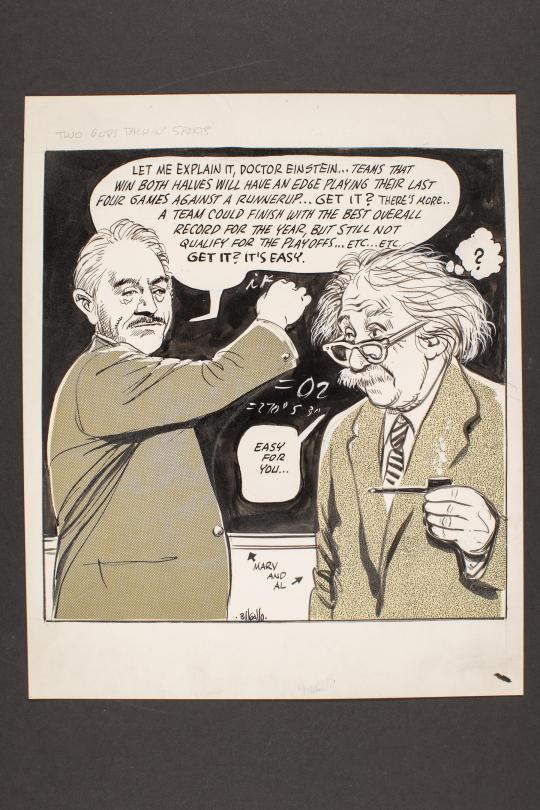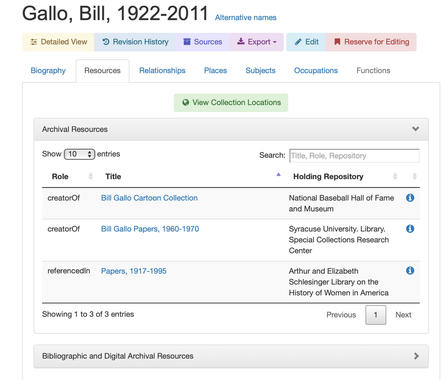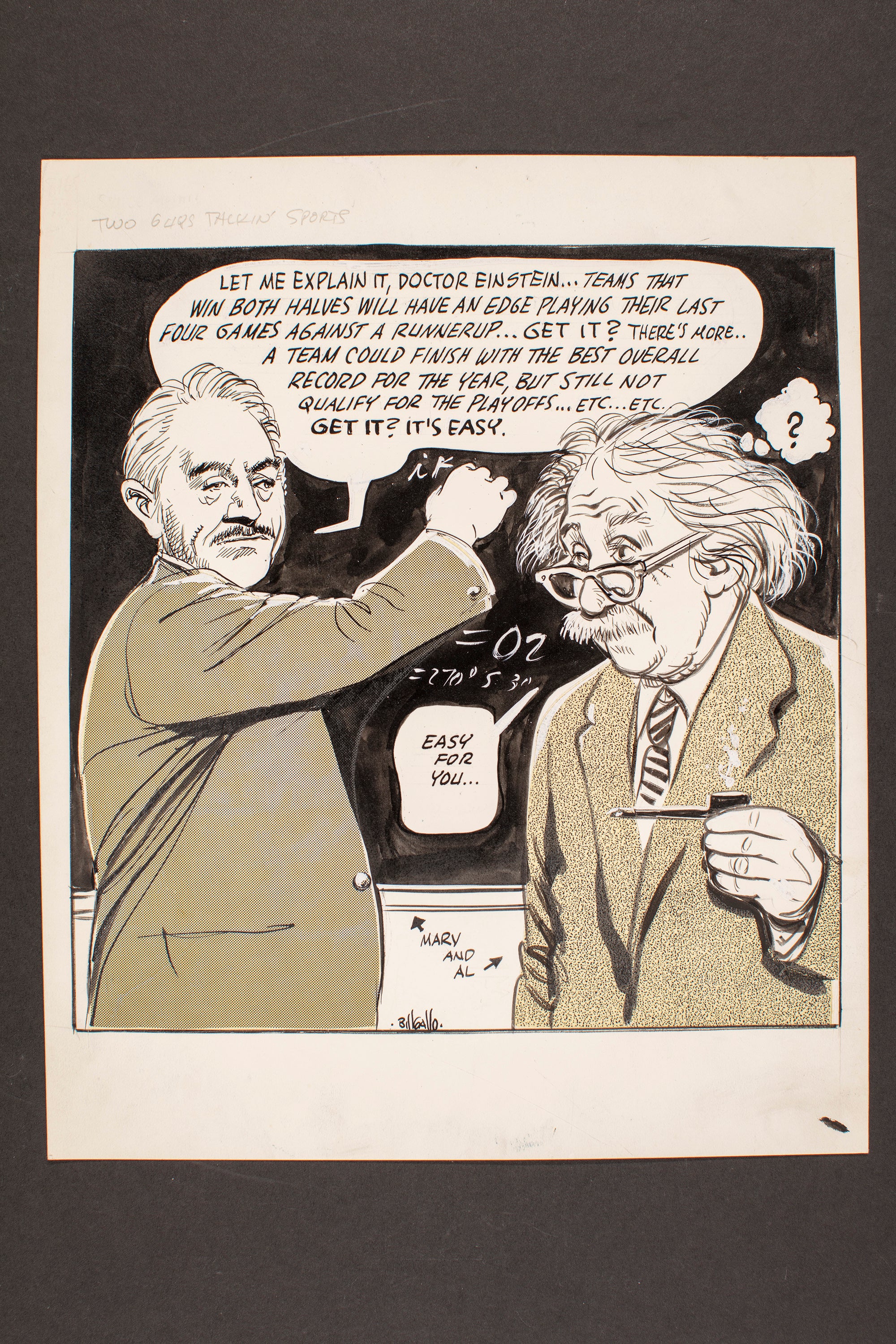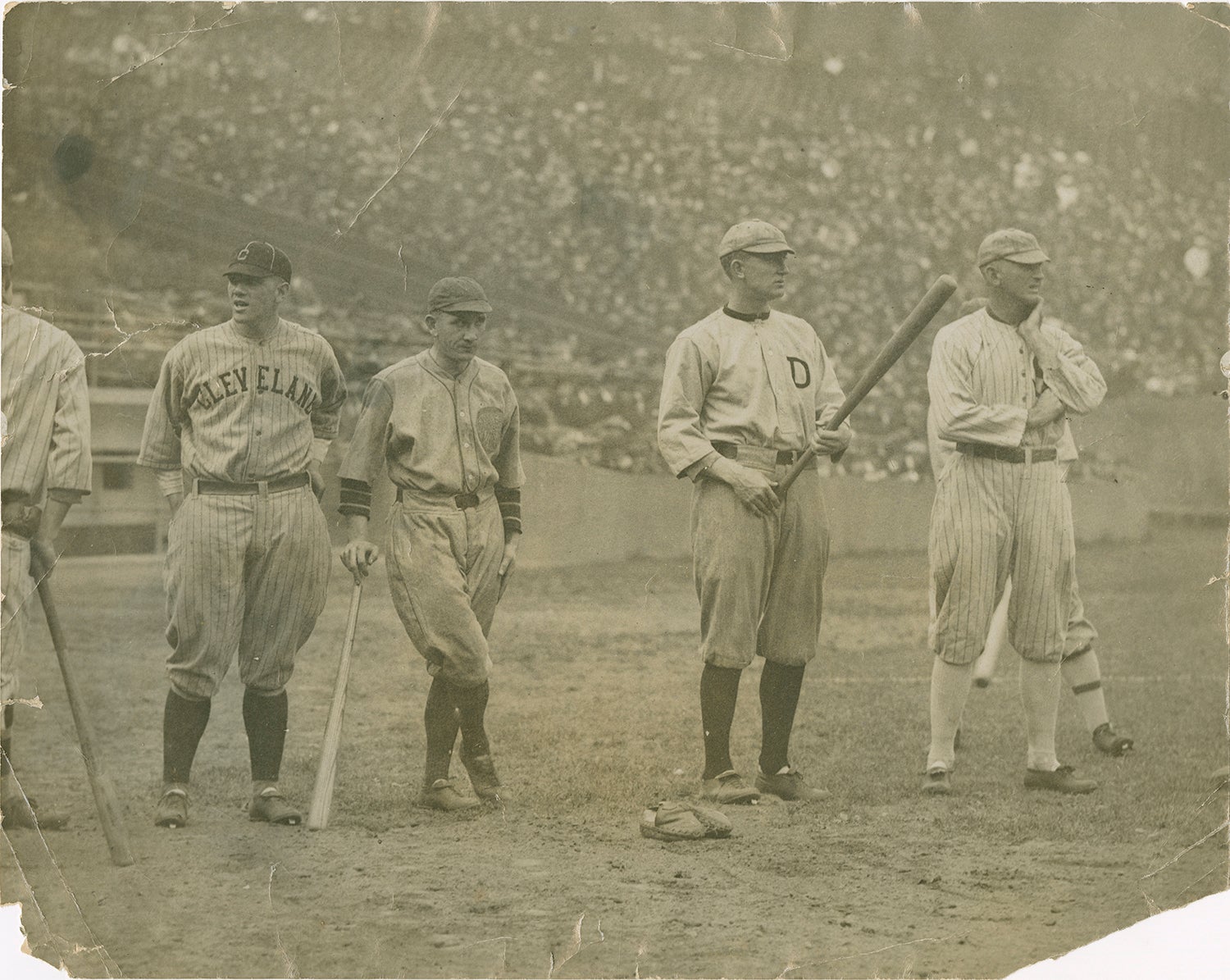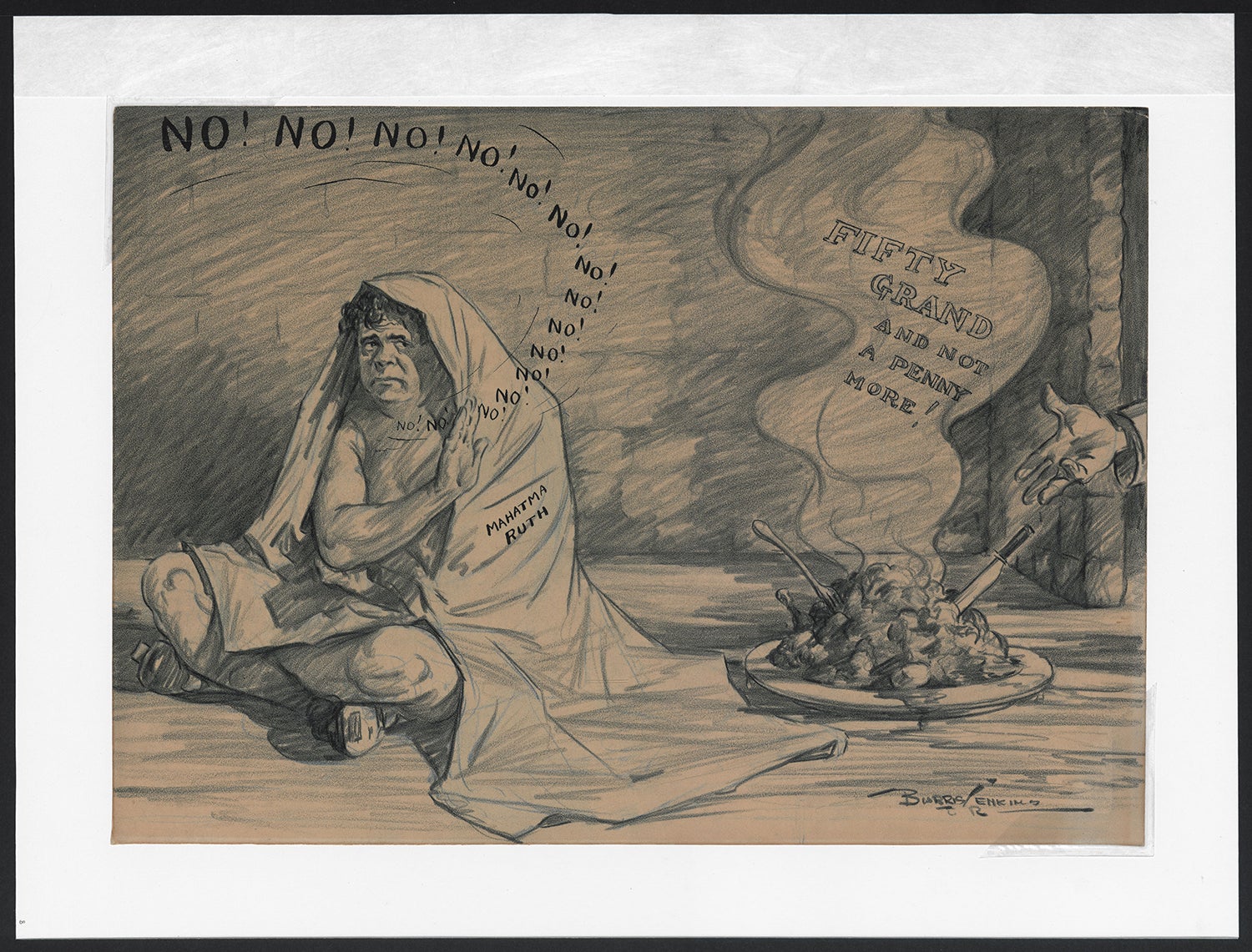SNAC helps bring together baseball collections online
SNAC, Social Networks and Archival Context, is a digital research project that links material from different museums, libraries and archives. Accessible via https://www.snaccooperative.org, this cooperative allows for greater discoverability and use of archival collections. SNAC enables relationships between institutions and their holdings, allowing the user to better understand the extent of available resources.
This project was established in 2010 with funding from the National Endowment for the Humanities by the National Archives and Records Administration, California Digital Library, Institution for Advanced Technology in the Humanities at the University of Virginia and the University of California, Berkeley School of Information. The second phase of this project from 2012 to 2014 was funded by The Andrew M. Mellon Foundation.
Hall of Fame Membership
There is no simpler, and more essential, way to demonstrate your support than to sign on as a Museum Member.
This platform combines dispersed record data in one location, connecting and establishing relationships in a way that was not previously possible. Functioning as a collaborative and evolving project, the records in SNAC are created by participating institutions, by those with firsthand knowledge of the collections. This collective aspect guarantees that these resources are interconnected to create a fuller picture of the history of a person, family or corporate body. Contained within each SNAC record is biographical history, ancestry, personal and professional relationships, and geographic locations. SNAC synthesizes all necessary information – alleviating the need to and the time spent searching multiple sources. By pulling data from multiple locations, the available information is enhanced and access to the collections and institutions where this data originates is increased. To merge this information, SNAC uses multiple controlled vocabularies to ensure a level of standardization when searching and reviewing compiled resources.
When researching New York Daily News sports cartoonist Bill Gallo, for example, we are able to develop a more complete understanding of his work and personal and professional relationships by using SNAC. Through this free resource, connections are made between existing collections that reference and contain work by Gallo. This expands the breadth of his work available for research while presenting this information in a single location. The collection of
SNAC demonstrates various degrees of interconnectedness through both a connection and radial-graph. The connection graph depicts one, two and three degrees of separation. The manner in which we view these links fleshes out and visually demonstrates the overlap between both persons and corporate bodies.
The use of SNAC saves time when researching but also produces more complete results by compiling enhanced data from a variety of sources. The presentation of this information in one digital location facilitates a social network between not only holding institutions but also the information they contain. Illuminating the interconnectedness of this information and the pre-existing relationships between persons, families and corporates bodies, allows for more thorough and in-depth research, bringing to the forefront overlapping and congruent information that may have been previously overlooked.
Emily Cooper is the digital asset specialist at the National Baseball Hall of Fame and Museum

